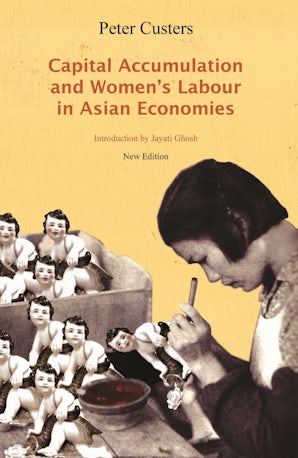Also in this issue
- Learning from ALBA and the Bank of the South: Challenges and Possibilities
- The Globalization of Agribusiness and Developing World Food Systems
- Against Literary Imperialism: Storming the Barricades of the Canon
- Indigenous Resistance in the Americas and the Legacy of Mariátegui
- Unions Must Move Left, They Have No Alternative
Books by Peter Custers
Capital Accumulation and Women's Labor in Asian Economies
by Peter Custers
Introduction by Jayati Ghosh


